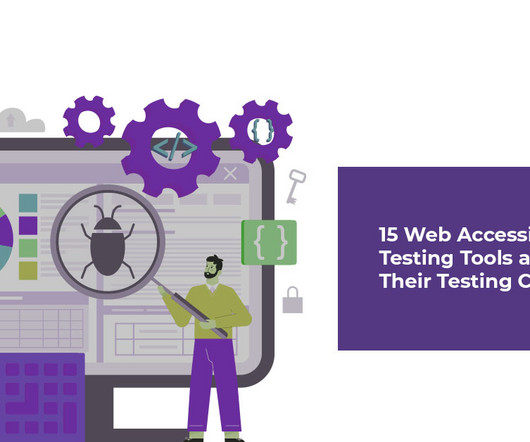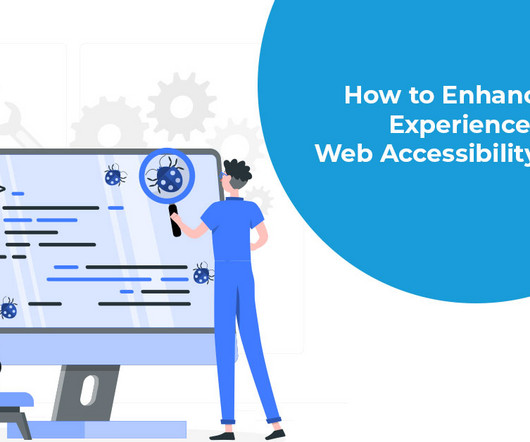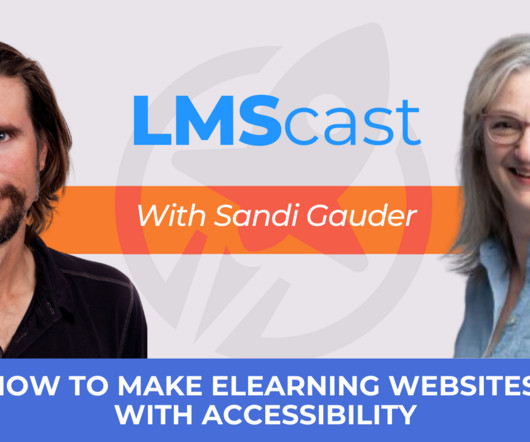15 Web Accessibility Testing Tools and Their Testing Capabilities
Hurix Digital
APRIL 22, 2024
Web accessibility means that all websites, tools, applications, and interfaces have to be designed to make them accessible to users of all types, including those with physical disabilities such as hearing issues, visual impairments, cognitive or motor impairments, or others. of all home pages detecting some disability error.

















Let's personalize your content